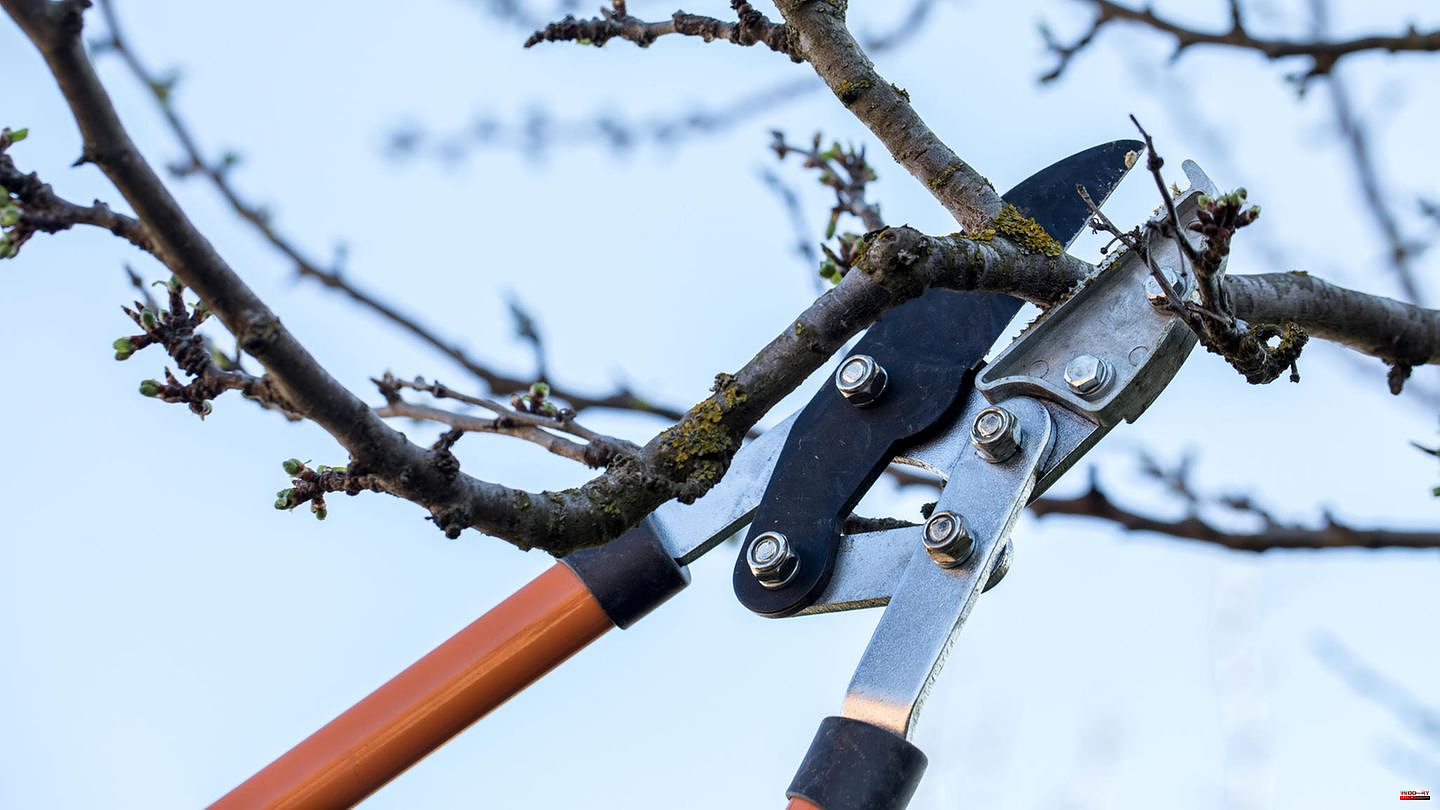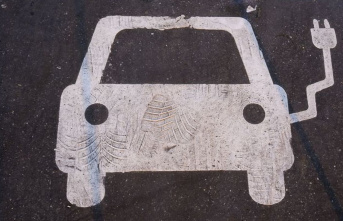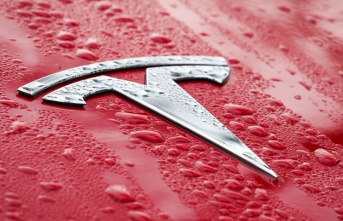If you want to snack on fruit from your own garden in summer, you have to do something about it. Especially with trees such as apple, cherry, pear or plum trees, it's not enough to keep your fingers crossed and trust the whimsical weather gods. Pruning fruit trees is one of the most important gardening tasks. But which shoots should you cut, how much can be removed and, above all, when should the scissors be taken out at the latest? Which tool is suitable? What happens to the cuttings and why do some gardeners paint the trunks with white paint? Questions about questions. The star answers the most important questions about cutting fruit trees.
At this point we are concentrating on winter pruning. Most experts recommend the classic winter months of January and February to get the trees into shape. They must be cut by March at the latest. Why? As soon as the nights are frost-free and the sun's rays gradually hit the northern hemisphere again, fruit trees begin to sprout. But even the early bird shouldn't just cut blindly. Dry days with temperatures around freezing point are ideal for cutting fruit trees. If it is too cold or too wet, thin branches can be brittle and bruised when cut. These wounds heal poorly and at the same time attract pathogens.
Important: Shape and care pruning of fruit trees is permitted throughout the entire gardening year.
In contrast to experienced gardeners, newbies often find themselves at a loss in front of their bare fruit trees in winter. Even specialist literature is often only of limited help if you want to get started armed with various cutting tools. However, it is important not to simply remove branches randomly. The aim of winter pruning should be a pyramid-like shape with a rather narrow crown that widens towards the bottom. The editing work can be easily divided into four sections.
If you follow these four points when cutting fruit trees, you have a good chance of a successful harvest. Also important: Always cut the twigs and branches at a slight angle so that as little water as possible collects at the cuts. And: Not every fruit tree grows like the ideals depicted in books. Don't be discouraged if your trees don't look the way the professionals recommend after winter pruning. They will still bear fruit if you have followed the basic rules.
The best plans and instructions are thrown in the trash if you use the wrong tools to tackle trees. Top priority: The scissors you work with should be sharp and clean. The duller the blade, the greater the risk of causing more serious injury to the tree or introducing pathogens. Twigs and branches with a diameter of up to 1.5 centimeters are best cut with classic secateurs, although old and rather dry wood is best cut with anvil secateurs (here a model from Felco). For young and soft wood, it's better to use bypass secateurs, like this model from Stihl. Electric secateurs are a convenient alternative.
With thicker branches, ordinary secateurs usually reach their limits. Use pruning shears or a small saw here. In this case, it's also a bit easier to do by hand with a battery-operated mini chainsaw. But always work as cleanly as possible. Each cut is a small wound to the tree that takes some time to heal. If this wound turns out to be a little larger, it can and should be treated with a wound closure ointment. This mixture of tree wax and resin is applied to the affected area, sealing it airtight and preventing fungal cultures and water from penetrating.
Depending on the size and condition of the fruit tree, there will be more or fewer branches and dead wood left on the lawn after the work is done. The bigger the pile, the more exciting the question is: what to do with the clippings? And here are four options for how you can still put the cut material to good use.
Sources: Federal Nature Conservation Act BNatSchG, landundforst.de, gartenfreunde.de
This article contains so-called affiliate links. Further information are available here.












